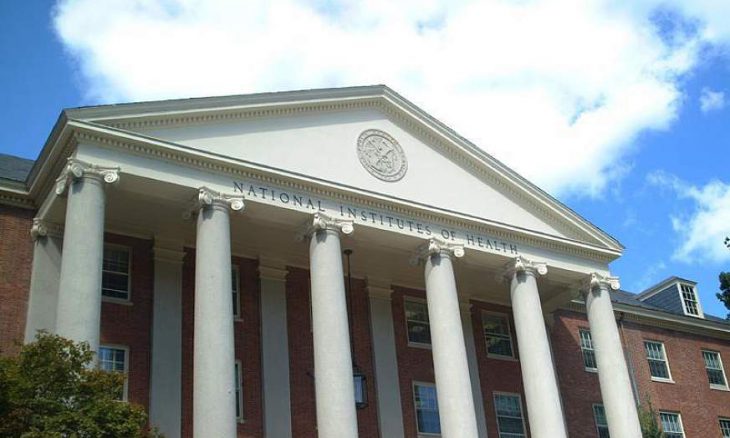A bioprinted network of cells and hydrogel matures into tissue structure.
Scientists at the National Institutes of Health (NIH) bioprinted a microscopic structure that successfully formed into living eye tissue. The research team at the National Eye Institute combined stem cells with hydrogel and 3D printed the mixture onto a flexible, biodegradable structure. The scientists stimulated the cells on the structure, which quickly began creating dense capillaries between the rows of the structure, forming living tissue within nine days.
The tissue created a “combination of cells that form the outer blood-retina barrier—eye tissue that supports the retina’s light-sensing photoreceptors,” the NIH stated. “The technique provides a theoretically unlimited supply of patient-derived tissue to study degenerative retinal diseases such as age-related macular degeneration.”
As the Lord Leads, Pray with Us…
- For Acting Director Lawrence Tabak as he oversees the National Institutes of Health.
- For NIH scientists and researchers as they make discoveries regarding bioprinting.
Sources: National Institutes of Health










